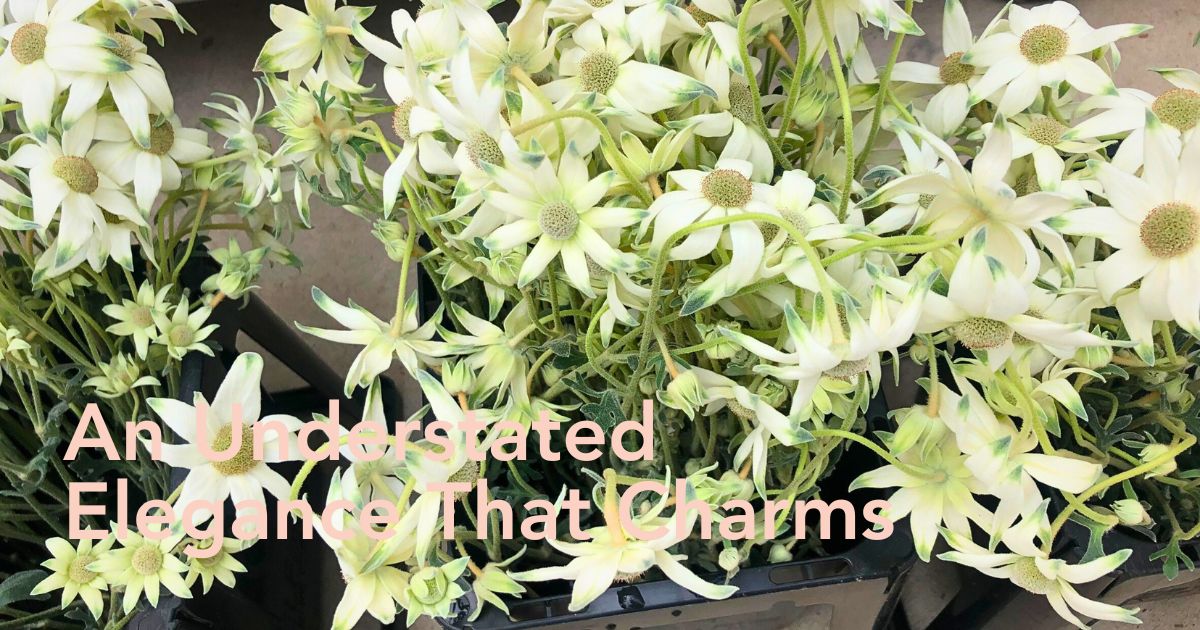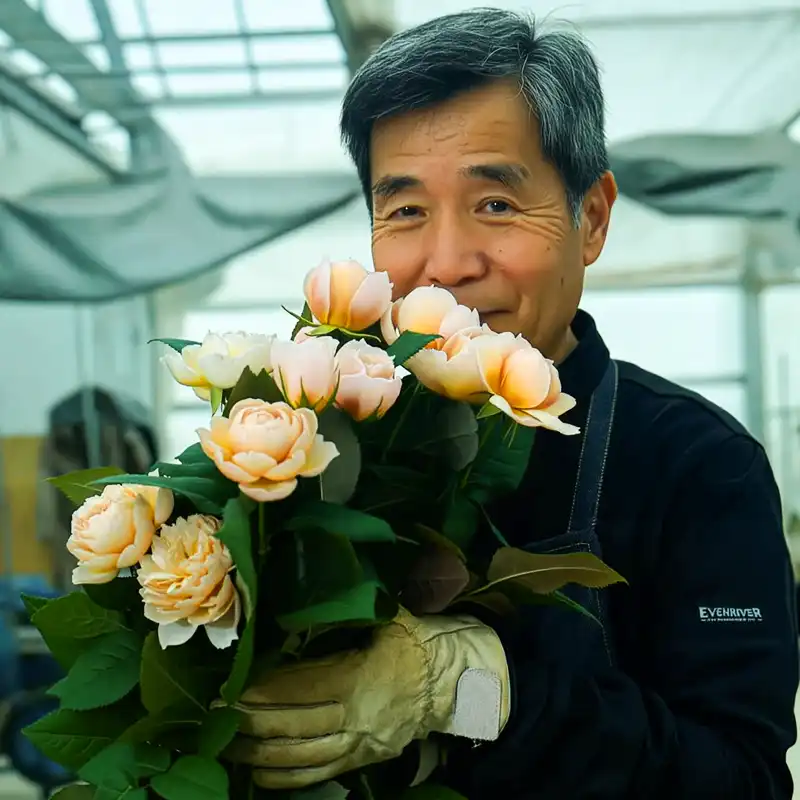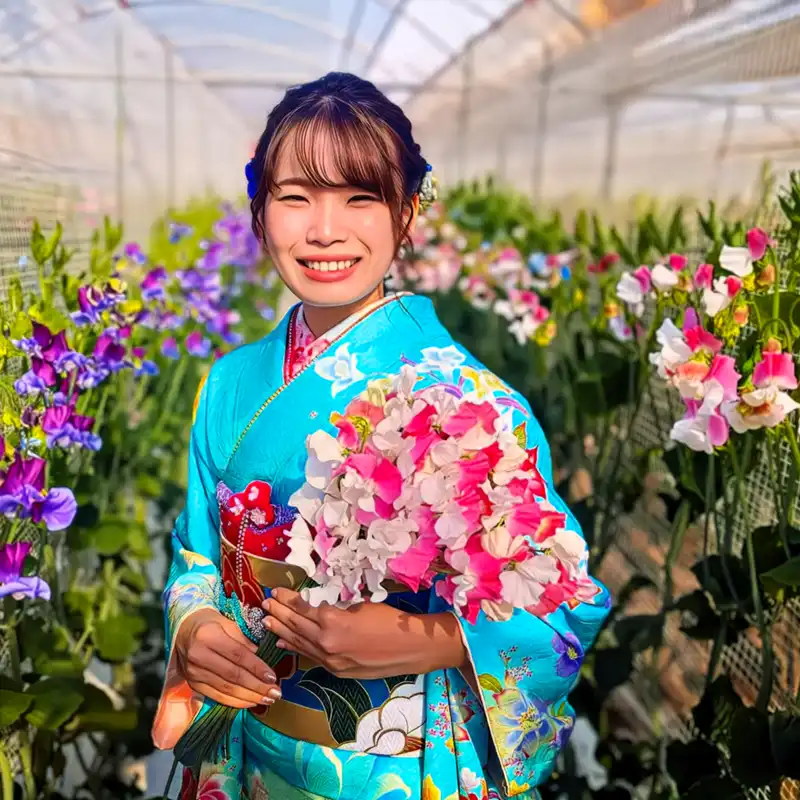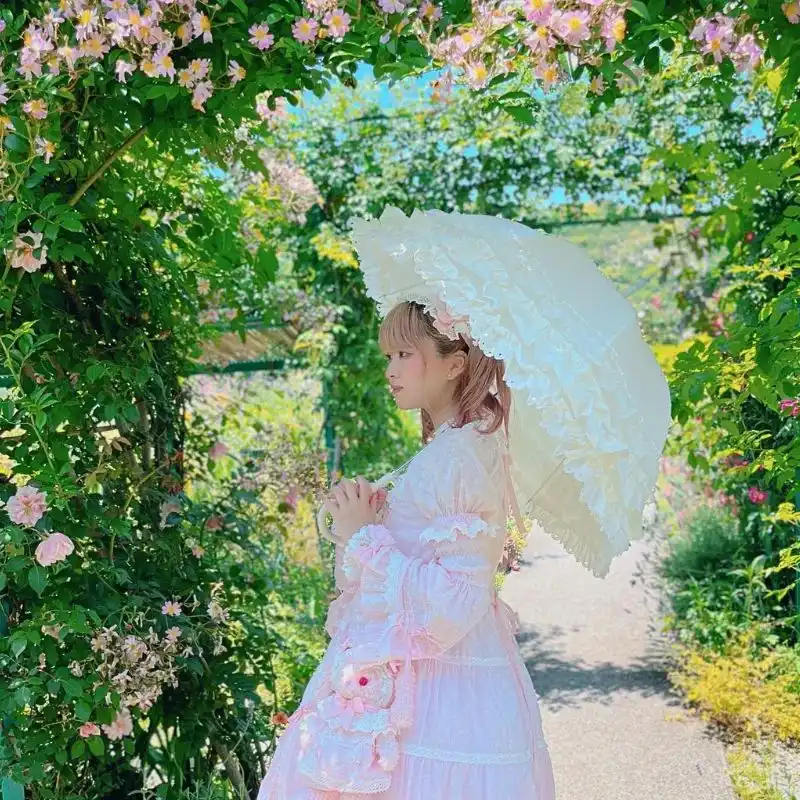The flannel flower, known scientifically as Actinotus helianthi, defines nature's own soft touch. It appears as a delicate and velvety blossom, with a starburst-like center. Native to eastern Australia, this flower belongs to the umbelliferous family, the same group that includes carrots and parsley. The flower’s common name derives from its soft, downy texture, which resembles woolen flannel fabric.
This flower features white petals with subtle green accents at the tips, creating a graceful and endearing look, which is often described as a charming, understated elegance that, despite being unassuming, effortlessly captures attention. Flannel flowers bloom in early summer and early autumn in Japan. But then, being native to Australia, how did these flowers get here? And how does Japan distribute them elsewhere globally?
Flannel Flowers’ Arrival in Japan
Gifu Prefecture lies near the center of Japan. It is surrounded by other prefectures including Aichi, Mie, Shiga, Fukui, Nagano, Ishikawa, and Toyama. The seventh-largest prefecture in the country, Gifu, is defined by varied landscapes. It encompasses diverse terrain, including the mountainous Hida region in the north, with peaks exceeding 3,000 meters, and the flatter Mino region in the south, home to the Nobi Plain.

This topographical variety supports a range of cultivation practices. In the lowland areas, large greenhouses produce potted flowers and cut roses, while open fields have Chrysanthemums and branch flowers. Higher elevations feature rain-protected greenhouse cultivation of Gomphrena and Chrysanthemums. Gifu also does particularly well in potted flowers, leading in national production of pot roses, Saintpaulias, and Begonia. And then there is flannel.
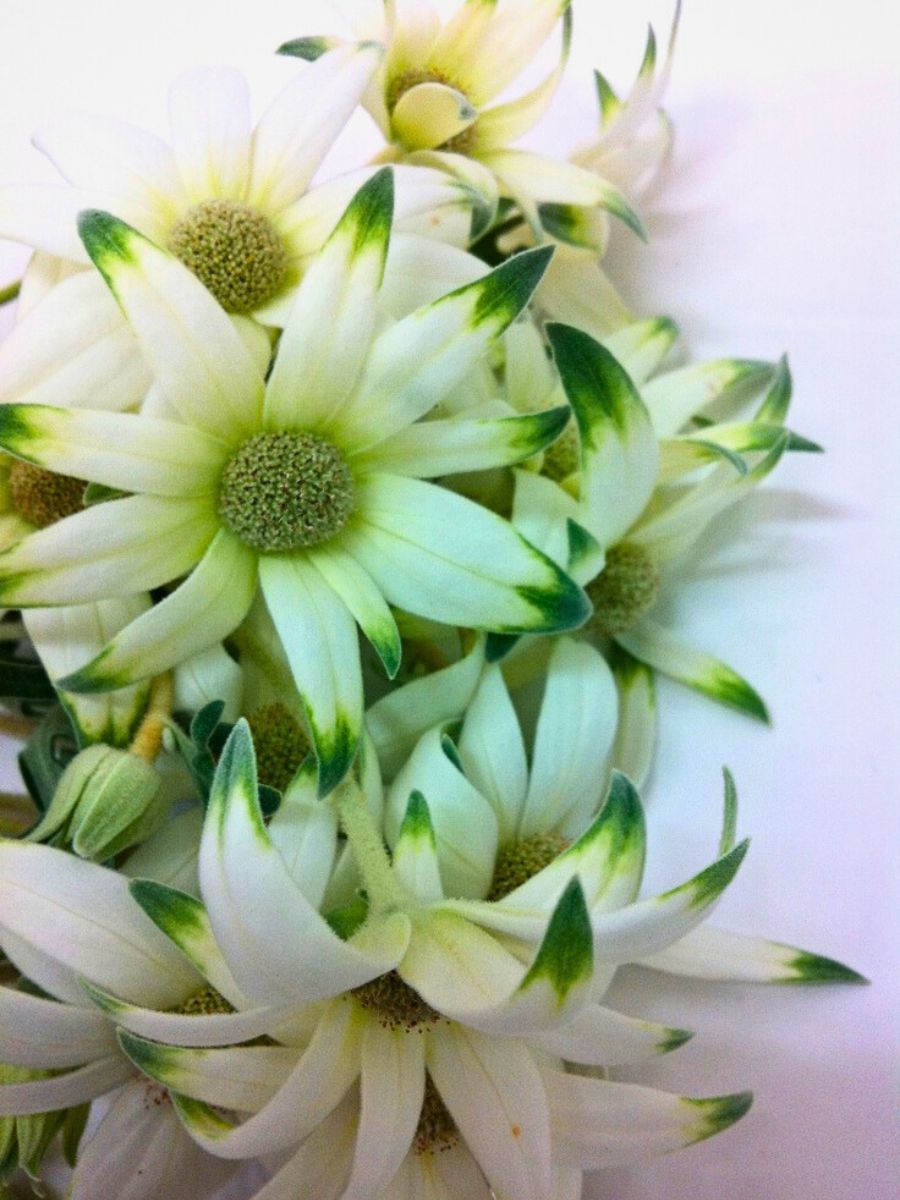
Flannel Flower Cultivation in Gifu Prefecture
Why (and how) did flannel flower production begin in this region? Cultivation of flannel flowers in Gifu Prefecture began approximately 25 years ago, when local authorities recognized the potential of potted varieties. At the time, such production did not exist even in Australia.
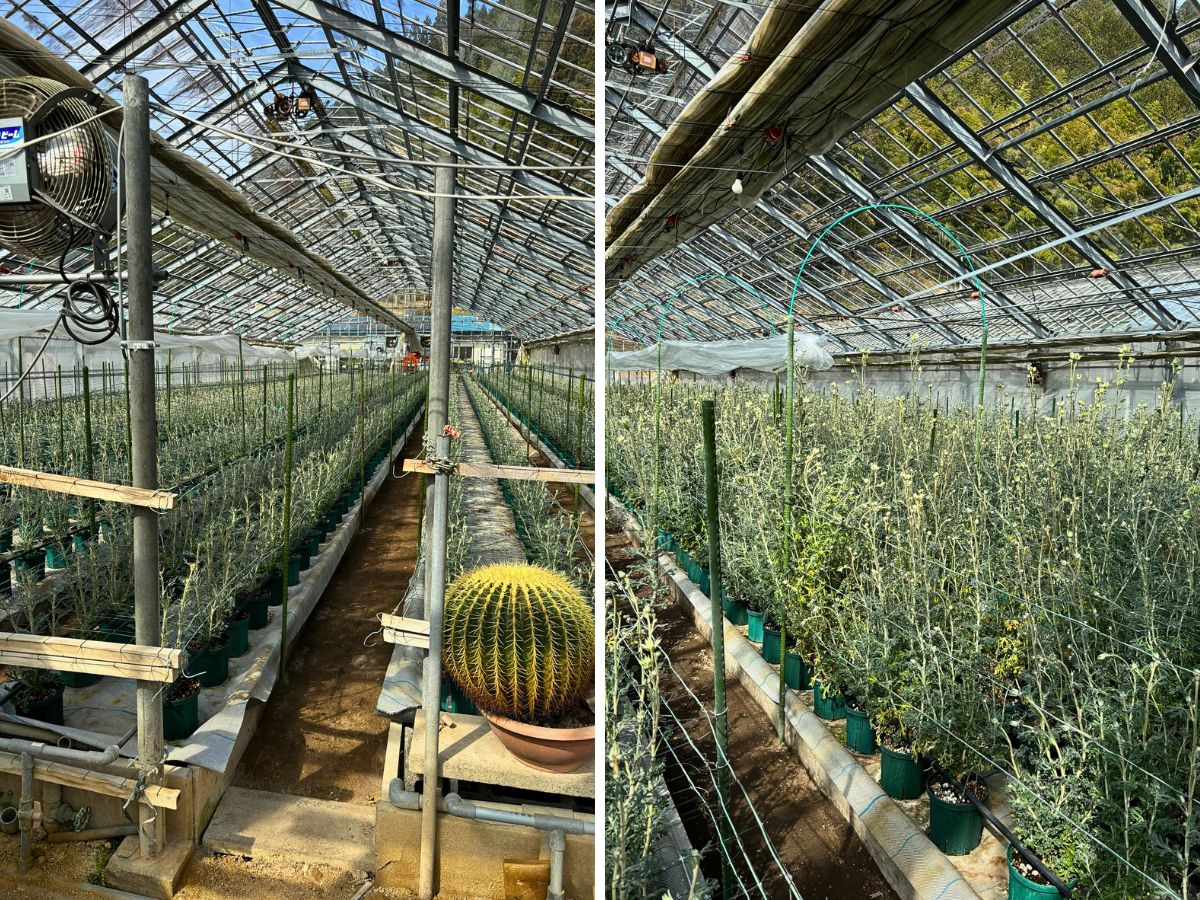
More research focused on the plant’s distinctive texture, leading to the development of the first variety, Fairy White, in 2005. The name, chosen through a public contest, reveals the image of a pure white fairy. Subsequent breeding efforts produced additional varieties. Parallel research also addressed cut flowers.
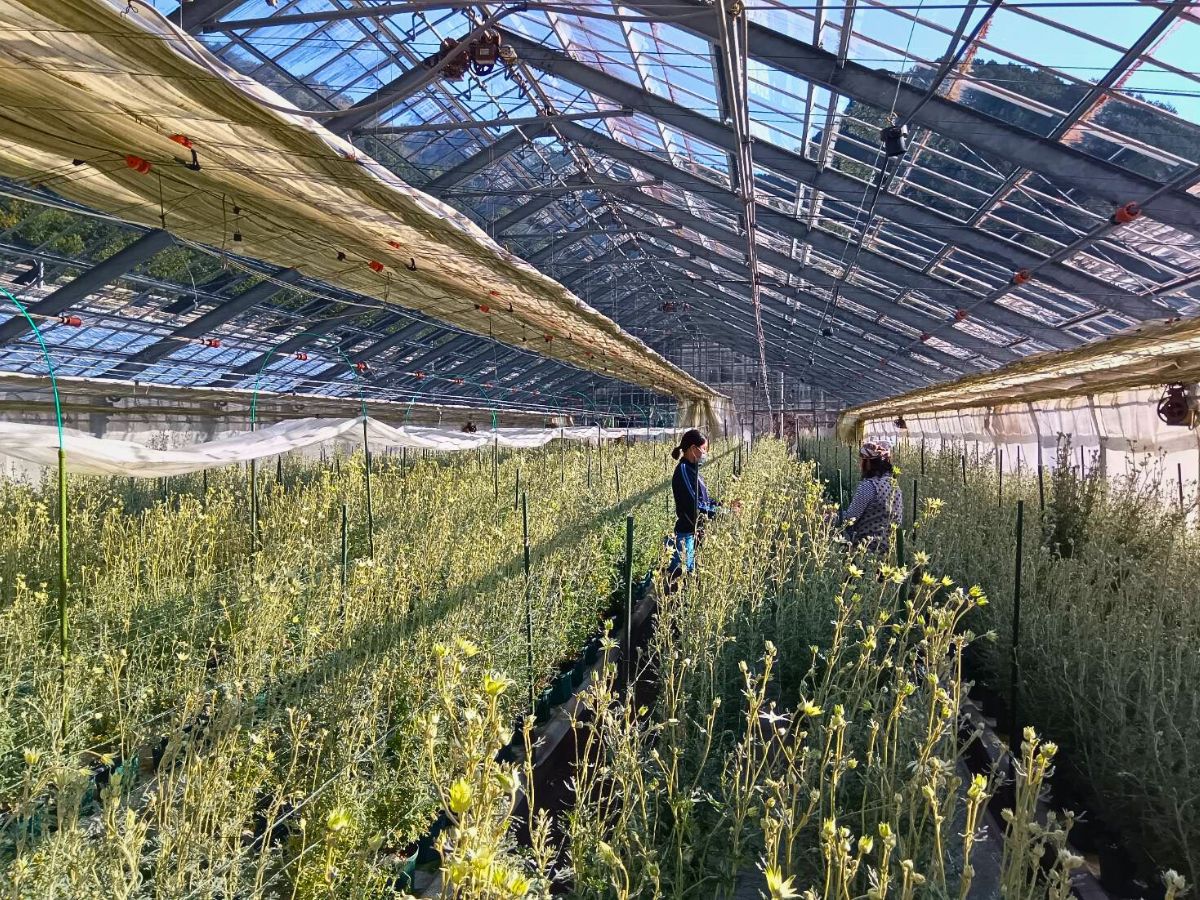
In 2015, the variety Fancy Marie was introduced, capable of flowering across seasons. Its name combines ‘Fancy’ from the earlier Fancy Snow with ‘Marie,’ the French term for marriage. Today, Fancy Marie accounts for the majority of cut flannel flowers produced in Gifu. This variety allows harvests in both spring and autumn, significantly increasing output compared to earlier single-season types. Annual shipments rose from under 10,000 stems in 2014 to 80,000 stems by 2018, with recent years consistently exceeding 20,000 stems.
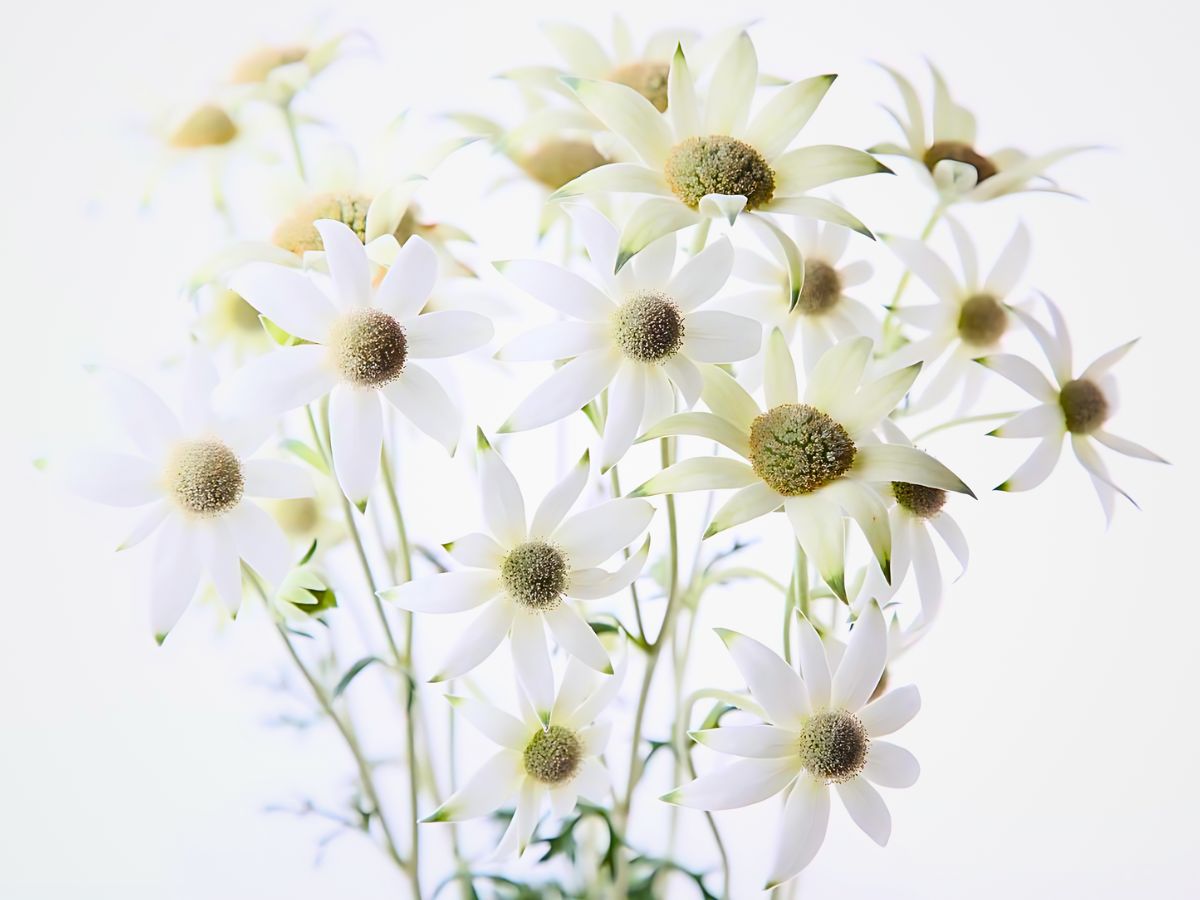
In Gifu, producers, government agencies, and JA (Japan Agricultural Cooperatives) Group collaborate on a coordinated sales strategy. Producers manage cultivation and variety improvement, while government and JA entities conduct trials, recruit new growers, participate in trade shows, and expand markets.
Currently, domestic distribution occurs almost entirely through business-to-business (B2B) channels within the bridal sector, with limited presence in general retail. Plans aim to enhance visibility and establish flannel flowers as a signature product of Gifu.
Such will increase these flowers recognition until they become a household name, as a flower that everyone associates with Gifu, such that when you think of Gifu flowers, you think of flannel flowers—Actinotus helianthi comes to mind!
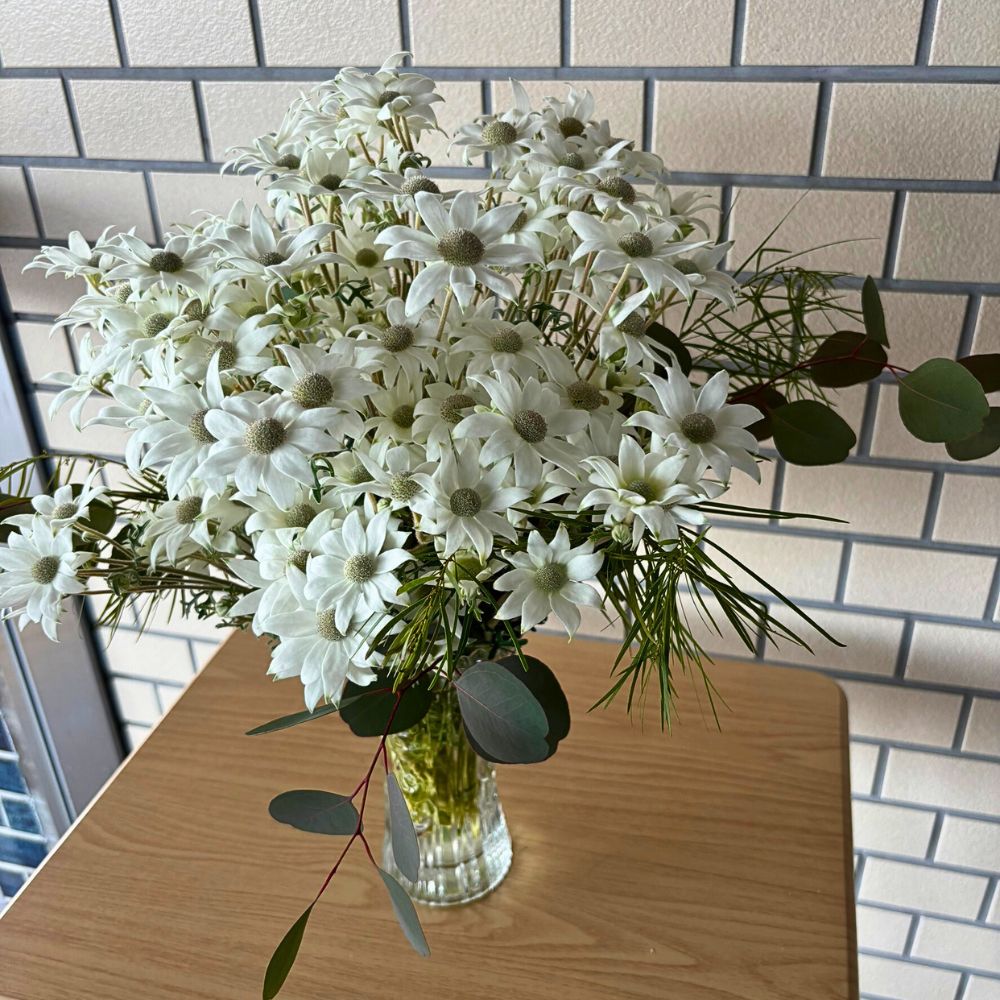
Distinctive Qualities of Gifu-Grown Flannel Flowers
Cut flannel flowers available in Japan fall into two categories. These are domestic, primarily from Gifu Prefecture, and imported. Gifu-produced flowers stand out in two key areas. They have an excellent cluster formation and perfect vase life.
About their flower formation and volume, imported varieties typically feature one flower per stem. In contrast, Gifu varieties produce multiple flowers per stem, resulting in greater volume. Stems measure 50–70 cm or longer, providing stability and presence in arrangements.

Regarding longevity, imported flowers often exhibit poor water uptake and a short duration. Gifu flowers, however, maintain freshness for approximately 14 days at 25°C without water changes. With proper care, they can last nearly a month. And while these flowers are not as flashy and colorful as such, their texture and refined appearance make up for this, ensuring their outstanding presence despite their understated elegance and style.

Flannel Flowers Join Other Japanese Florae Making Global Export Market Presence
Globally, the production of flannel flowers remains limited, with very low distribution volumes contributing to their rarity. Gifu flannel varieties are known for their tall stature, with their height and extended shelf life, making them well-suited for export purposes. Aucnet facilitates these flowers’ export and shipments to countries including the Netherlands and South Korea.

At the just-concluded International Floriculture Trade Fair (IFTF), Aucnet’s partner, Greenflor, based in Aalsmeer, displayed Gifu’s flannel flowers alongside other Japanese cut flowers. After the floral trade event, Aucnet regularly sends this and other Japanese cut flowers to Greenflor, so people in Europe can still purchase the country’s flowers that are now entering their peak season. This initiative allows international buyers to access these seasonal offerings.
So, What Do Flannel Flowers Mean for Gifu Prefecture’s Floral Landscape?
Flannel flowers may not shout for attention with bright colors, but their subtle texture and elegance add a quiet, refined elegance wherever they appear, be it in designs, arrangements, or even in pots in gardens. For Gifu Prefecture, this flower embodies an appreciation for understated beauty.
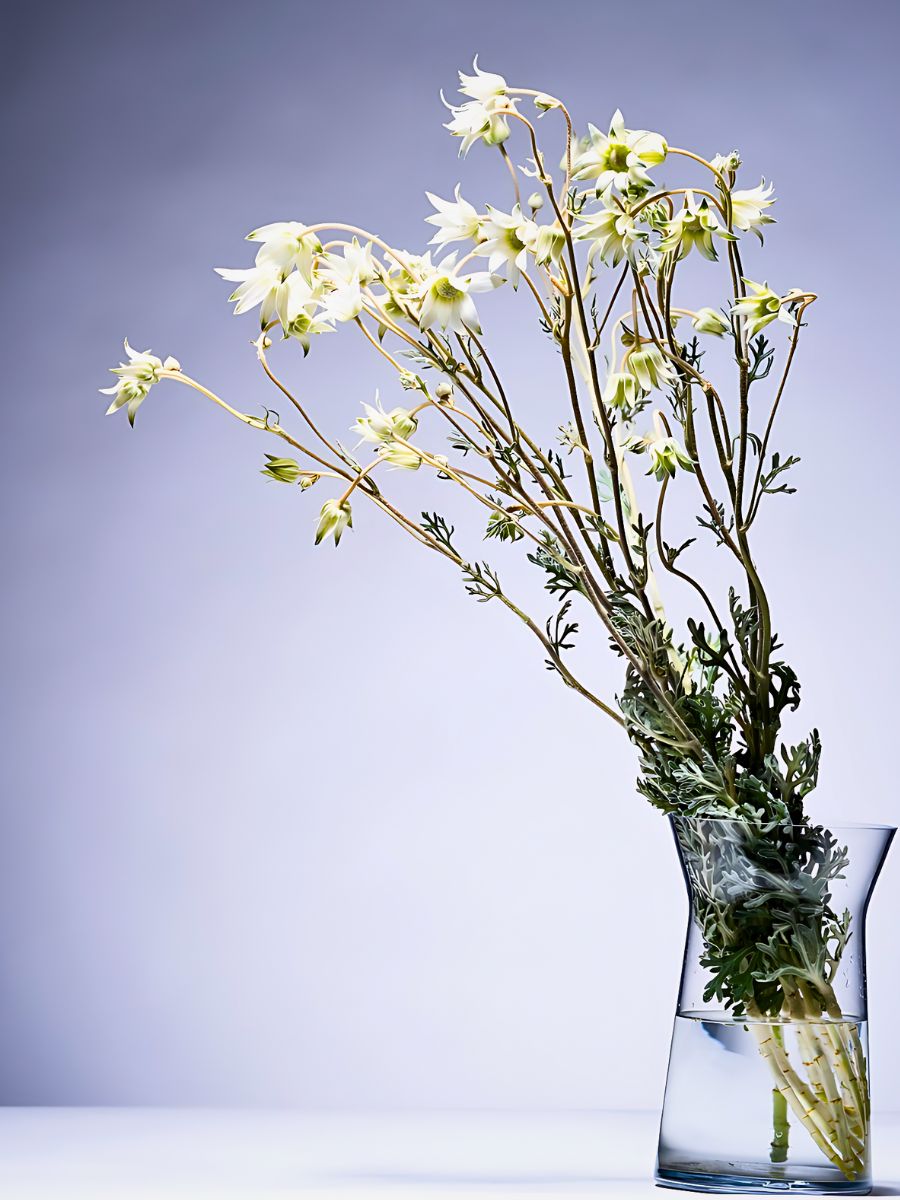
The numerous flowers per stem and impressive vase life make flannel highly valued for floral arrangements that require longevity and visual density. Plus, their cultivation complements Gifu’s growing floral industry, ensuring the prefecture holds its ground in competitive national and international markets.
Feature by Ellebore. Unless otherwise indicated other photos are from Aucnet.

